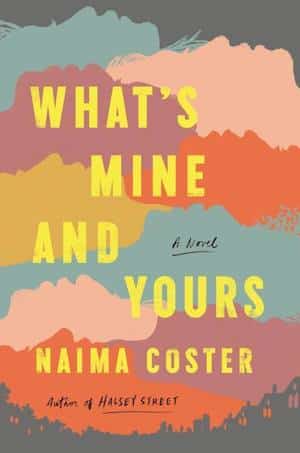
Visualizing Life and Making Better Choices
How to Be Present and Removed at the Same Time
Estimated reading time: 2 minutes, 8 secondsA few years back, I got into a car accident. Before the crash, I could analyze the cars in the intersection and anticipate the outcome. When the insurance agent asked me how I could comprehend the events that led up to the accident, I calmly explained my method of visualizing the intersection as a chessboard, with time seemingly stopped. I could foresee the car that would collide with mine. The agent took note of my explanation and concluded that I was not at fault.
I visualize scenes from my life similarly and experience out-of-body sensations like during a car accident. It has become a common occurrence for me.
I was deeply emotional when Jan expressed her desire to be with her boyfriend. I threw my wedding ring across the room and shouted that our marriage was over. However, I calmed down by visualizing our love story and the potential for our future. I realized how much I loved Jan and how finding a solution was crucial. By not focusing solely on my pain, I reignited the spark in our relationship and saved our marriage.
During Jan’s hospice care, I reminisced about our past while holding her hand in the present. I visualized our nearly fifty-year love story in slow motion. After Jan’s passing, I experienced the out-of-body sensation several times. For instance, at her funeral, it felt natural for me to thank those in attendance for mourning Jan. This altered state of visualization and decision-making has helped me manage my grief and live fully while sharing Jan’s love.
Have you ever had a feeling of having a sixth sense or a guardian angel? Do you sometimes feel like your perspective is altered and out of your control? I often question if it’s just my imagination, but I’ve learned to trust my intuition and give it a chance. Instead of reacting to the moment, I visualize the situation, which has been helpful. I am still figuring out if my choices will always lead to positive outcomes.
The Jan Lilien Education Fund sponsors ongoing sustainability and environmental awareness programs. Gifts made this month; I will match dollar-for-dollar. All donations are tax-deductible.
I receive a commission when you buy a book or product using a link on this page. Thank you for supporting Sharing Jan’s Love blog.










